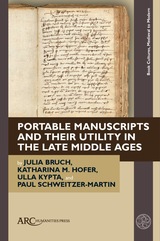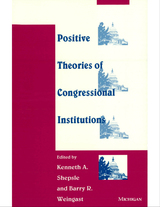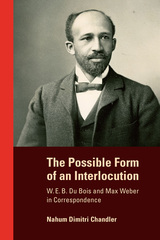2 books about Evans, Harry B.
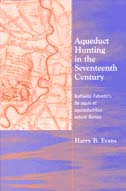
Aqueduct Hunting in the Seventeenth Century
Raffaele Fabretti's De aquis et aquaeductibus veteris Romae
Harry B. Evans
University of Michigan Press, 2002
Aqueduct hunting has been a favorite pastime for visitors to Rome since antiquity, although serious study of how the Eternal City obtained its water did not begin until the seventeenth century. It was Raffaele Fabretti (1619-1700), the well-known Italian antiquarian and epigrapher, who began the first systematic research of the Roman aqueduct system.
Fabretti's treatise, De aquis et aquaeductibus veteris Romae dissertationes tres, is cited as a matter of course by all later scholars working in the area of Roman topography. Its findings--while updated and supplemented by more recent archaeological efforts--have never been fully superseded. Yet despite its enormous importance and impact on scholarly efforts, the De aquis has never yet been translated from the original Latin. Aqueduct Hunting in the Seventeenth Century provides a full translation of and commentary on Fabretti's writings, making them accessible to a broad audience and carefully assessing their scholarly contributions.
Harry B. Evans offers his reader an introduction to Fabretti and his scholarly world. A complete translation and a commentary that focuses primarily on the topographical problems and Fabretti's contribution to our understanding of them are also provided. Evans also assesses the contributions and corrections of later archaeologists and topographers and places the De aquis in the history of aqueduct studies.
Evans demonstrates that Fabretti's conclusions, while far from definitive, are indeed significant and merit wider attention than they have received to date. This book will appeal to classicists and classical archaeologists, ancient historians, and readers interested in the history of technology, archaeology, and Rome and Italy in the seventeenth century.
Harry B. Evans is Professor of Classics, Fordham University.
Fabretti's treatise, De aquis et aquaeductibus veteris Romae dissertationes tres, is cited as a matter of course by all later scholars working in the area of Roman topography. Its findings--while updated and supplemented by more recent archaeological efforts--have never been fully superseded. Yet despite its enormous importance and impact on scholarly efforts, the De aquis has never yet been translated from the original Latin. Aqueduct Hunting in the Seventeenth Century provides a full translation of and commentary on Fabretti's writings, making them accessible to a broad audience and carefully assessing their scholarly contributions.
Harry B. Evans offers his reader an introduction to Fabretti and his scholarly world. A complete translation and a commentary that focuses primarily on the topographical problems and Fabretti's contribution to our understanding of them are also provided. Evans also assesses the contributions and corrections of later archaeologists and topographers and places the De aquis in the history of aqueduct studies.
Evans demonstrates that Fabretti's conclusions, while far from definitive, are indeed significant and merit wider attention than they have received to date. This book will appeal to classicists and classical archaeologists, ancient historians, and readers interested in the history of technology, archaeology, and Rome and Italy in the seventeenth century.
Harry B. Evans is Professor of Classics, Fordham University.
[more]
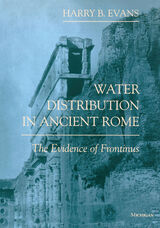
Water Distribution in Ancient Rome
The Evidence of Frontinus
Harry B. Evans
University of Michigan Press, 1997
Water Distribution in Ancient Rome examines the nature and effects of Rome's system of aqueducts, drawing on the difficult but important work of the Roman engineer Frontinus. Among other questions, the volume considers how water traveled to the many neighborhoods of hilly Rome, which neighborhoods were connected to the water system, and how those connections were made. A consideration of Frontinus' writing reveals comprehensive planning by city officials over long periods of time and the difficulties these engineering feats posed. Water Distribution in Ancient Rome is essential reading for students and scholars of Frontinus, of Roman engineering and imperial policy, and of Roman topography and archaeology.
"Clear style, good maps and photographs, notes, and bibliography make this work accessible and valuable for students at every level. An admirable contribution to knowledge of the Roman Empire." --Choice
Harry B. Evans is Professor of Classics, Fordham University. He is a recipient of the Rome Prize and is past Secretary-Treasurer of the American Philological Association.
This book was published with the assistance of a grant from the National Endowment for the Humanities.
[more]
READERS
Browse our collection.
PUBLISHERS
See BiblioVault's publisher services.
STUDENT SERVICES
Files for college accessibility offices.
UChicago Accessibility Resources
home | accessibility | search | about | contact us
BiblioVault ® 2001 - 2025
The University of Chicago Press




